Sciare non deve costare una fortuna. Ecco come puoi risparmiare divertendoti sulle piste:
- Attrezzatura accessibile: Usa opzioni compatte come Snowfeet (150–699$) che funzionano con le tue scarpe invernali, risparmiando fino a 1.650$ rispetto agli sci tradizionali.
- Skipass più economici: Acquista pass multi-resort come l'Epic Pass (1.051$) o l'Indy Pass (meno di 400$) per grandi risparmi, oppure scia a metà settimana o fuori stagione per sconti fino al 50%.
- Alloggi economici: Soggiorna in città vicine invece che in hotel sulla montagna per ridurre i costi del 25–30%. Piattaforme come HomeExchange possono abbattere ulteriormente le spese di alloggio.
- Risparmio sui trasporti: Usa il carpooling o gli ski bus per evitare parcheggi e traffico. Il design compatto di Snowfeet elimina le spese per bagagli sovradimensionati.
- Manutenzione fai-da-te: Mantieni la tua attrezzatura da solo per risparmiare sui costi di preparazione.
- Porta i pasti: Porta il tuo cibo e le tue bevande per evitare i prezzi del resort, risparmiando 50–100$ al giorno.
Confronto rapido dei costi dell'attrezzatura da sci
| Marca | Fascia di prezzo | Caratteristiche principali |
|---|---|---|
| Snowfeet | $150–$699 | Compatto, entra in uno zaino, non servono scarponi da sci |
| Rossignol | $400–$900 | Sci a tutta lunghezza, richiede scarponi da sci |
| Atomic | $400–$1.000 | Sci a tutta lunghezza, richiede scarponi da sci |
| Head | $500–$1.200 | Sci a tutta lunghezza, richiede scarponi da sci |
| Volkl | $500–$1.100 | Sci a tutta lunghezza, richiede scarponi da sci |
Scia spendendo meno: 10 modi intelligenti per risparmiare sul tuo prossimo viaggio
1. Compra attrezzatura da sci intelligente: come Snowfeet fa risparmiare
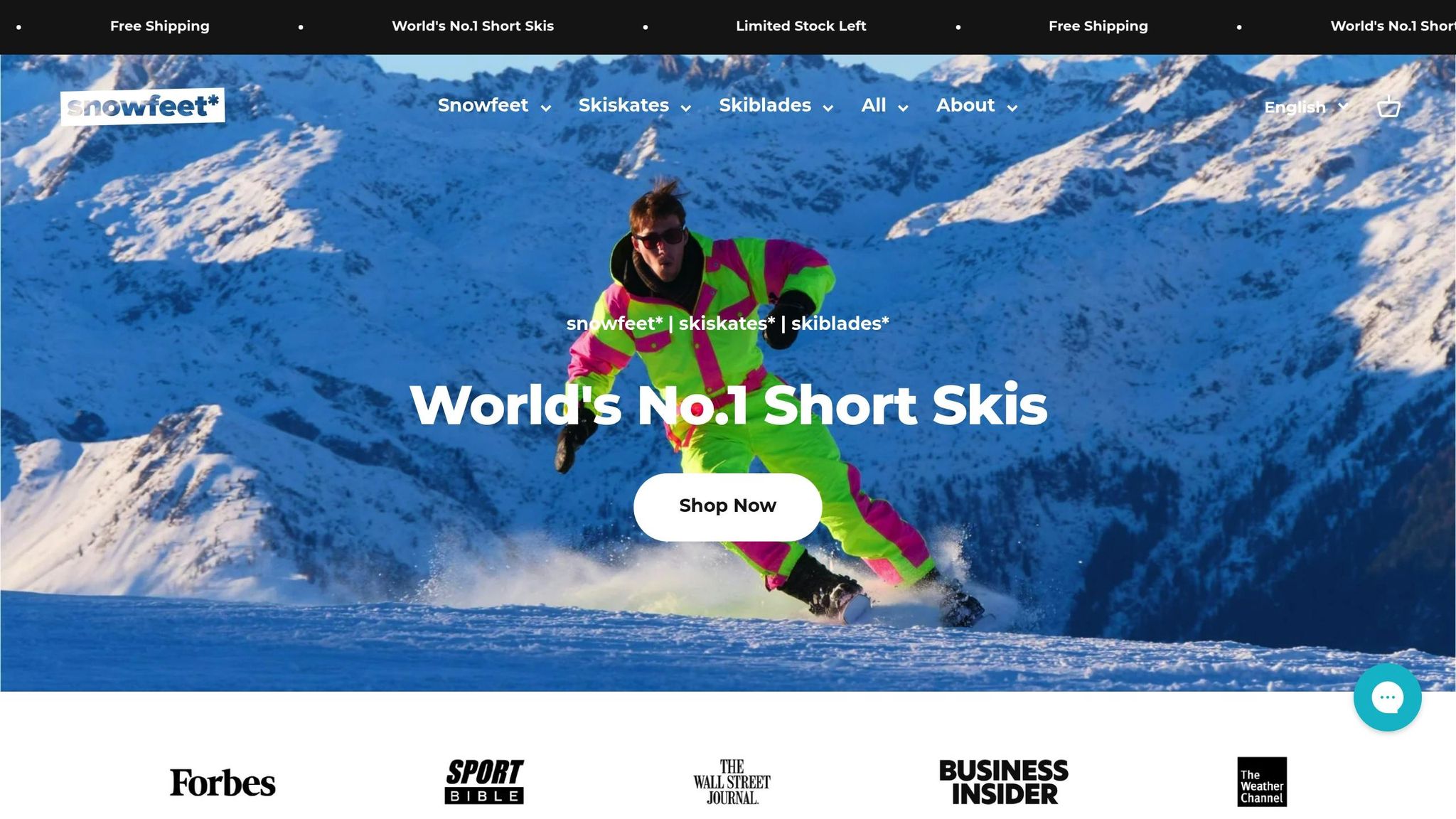
L'attrezzatura da sci può essere una delle spese più grandi quando si va sulle piste, ma scegliere l'equipaggiamento giusto può farti risparmiare centinaia - se non migliaia - di dollari. Gli sci tradizionali di marchi noti spesso costano oltre 1.000 $. Ma ecco la buona notizia: alternative come Snowfeet ti danno la stessa scarica di adrenalina a una frazione del prezzo.
Snowfeet vs. Sci tradizionali: confronto tra prezzo e prestazioni
Il divario di costo tra Snowfeet e gli sci tradizionali è difficile da ignorare. I prodotti Snowfeet hanno un prezzo tra 150 e 699 $, mentre marchi tradizionali come Rossignol e Atomic chiedono molto di più per la loro attrezzatura.
| Marca | Fascia di prezzo | Caratteristiche principali |
|---|---|---|
| Snowfeet | $150 - $699 | Compatto, non servono scarponi da sci, entra in uno zaino |
| Rossignol | $400 - $900 | Sci a tutta lunghezza, richiede scarponi da sci |
| Atomic | $400 - $1,000 | Sci a tutta lunghezza, richiede scarponi da sci |
| Head | $500 - $1,200 | Sci a tutta lunghezza, richiede scarponi da sci |
| Volkl | $500 - $1,100 | Sci a tutta lunghezza, richiede scarponi da sci |
Ecco un altro modo in cui Snowfeet ti fa risparmiare: gli sci tradizionali richiedono scarponi costosi, che possono costare da 200 a 600 $. Snowfeet, invece, funzionano con le tue normali scarpe o stivali invernali. Il calcolo è semplice: un set base di Snowfeet costa circa 150-230 $, contro 600-1.800 $ per un combo sci e scarponi tradizionale. Un risparmio potenziale di 450-1.650 $ subito.
Design compatto che riduce i costi di trasporto e stoccaggio
La compattezza di Snowfeet non solo li rende più facili da trasportare, ma ti fa anche risparmiare in modi che potresti non aspettarti. Pesano solo 2,5 libbre e sono abbastanza piccoli da stare in uno zaino, evitando completamente i problemi di trasporto degli sci tradizionali.
Viaggiare in aereo con sci tradizionali? Le compagnie aeree di solito addebitano 75-150 $ a tratta per bagagli fuori misura. Se fai solo due viaggi sugli sci all'anno, sono fino a 300-600 $ di spese extra. Snowfeet? Entrano nel bagaglio a mano o nello zaino, quindi nessun costo aggiuntivo.
Lo stoccaggio è un altro ambito in cui Snowfeet brillano. Gli sci tradizionali spesso richiedono portapacchi da tetto (che possono costare 200-400 $) o occupano molto spazio all'interno dell'auto. Con Snowfeet, puoi evitare il portapacchi e le spese di deposito del tutto. Inoltre, sono facili da riporre quando non li usi, anche se hai poco spazio.
Un prodotto funziona per principianti e sciatori esperti
Uno dei costi nascosti dello sci tradizionale è la necessità di aggiornare l'attrezzatura man mano che le tue abilità migliorano. Snowfeet risolve questo problema offrendo un unico prodotto che funziona per tutti i livelli di abilità.
"Snowfeet sono molto facili da imparare per giocatori di hockey, roller-blader e pattinatori su ghiaccio poiché combinano sci e pattinaggio. Tuttavia, chiunque può imparare a usarli. Come per ogni nuovo sport, ci vorrà un po' di tempo e impegno ma la curva di apprendimento è davvero veloce e ti divertirai nel processo perché Snowfeet sono un vero spasso." - Team Snowfeet
La lunghezza più corta di Snowfeet - tipicamente 65 a 120 cm rispetto agli sci tradizionali di 150 a 180 cm - li rende leggeri e meno faticosi da usare. Questo significa che puoi passare più tempo sulle piste senza sentirti stanco. Sono anche abbastanza versatili per diverse attività come skiskates, sci di fondo e persino divertimento sulla neve in giardino. Invece di comprare attrezzature separate per ogni sport sulla neve, un unico set Snowfeet economico ti copre.
2. Scegli il momento giusto per sciare e risparmia alla grande
Scegliere il momento giusto per il tuo viaggio sugli sci può ridurre i costi di skipass, alloggio e persino viaggio. La differenza tra sci in alta stagione e bassa stagione può essere drastica - dimezzando le spese. Con la facile portabilità di Snowfeet, sei libero di approfittare delle offerte appena si presentano.
Scia a metà settimana e fuori stagione per prezzi migliori
Sciare a metà settimana può farti risparmiare un sacco. Durante la stagione 2024–25 in North Carolina, andare sulle piste dal lunedì al venerdì significava grandi risparmi rispetto ai fine settimana. In località come Beech Mountain Resort e Sugar Mountain Resort, skipass e noleggi a metà settimana erano fino al 40% più economici rispetto alle tariffe del weekend.
Non solo, ma il noleggio dell'attrezzatura nei giorni feriali è calato del 25%, e l'alloggio è stato circa il 33% meno costoso. Combinando questi risparmi, si arriva a quasi un 40% di sconto sugli skipass e costi di alloggio molto più bassi.
Se stai pianificando il tuo viaggio, la fine di gennaio e l'inizio della primavera sono ottimi periodi per andare. Le condizioni della neve sono ancora buone, ma i prezzi sono molto più bassi. D'altra parte, le festività come Natale, Capodanno, MLK Jr. Day e President’s Day possono costare fino al 50% in più. Evita questi periodi affollati per code più brevi, un servizio migliore e più soldi in tasca.
Per alcune delle migliori offerte di alloggio, punta alle prime due settimane di gennaio o alla seconda settimana di febbraio.
Offerte di fine stagione negli impianti sciistici USA
Lo sci primaverile è una miniera d'oro per gli sconti. Con il calare della stagione, le località sciistiche spesso propongono offerte importanti su skipass, noleggi e altro. L'ultima settimana della stagione è solitamente il momento più economico per visitare.
Per esempio, Sugar Mountain Resort in North Carolina offre una promozione "March Madness", dove i biglietti per gli impianti infrasettimanali sono scontati di più del 50% rispetto alle tariffe del weekend in stagione regolare. È un calo di prezzo enorme, soprattutto quando le condizioni della neve sono ancora ottime.
I risparmi di fine stagione non si fermano ai biglietti per gli impianti. I resort spesso scontano cibo, attrezzatura e pacchetti alloggio mentre cercano di smaltire l'inventario e riempire le camere. Alcuni offrono anche lo sciare notturno a tariffe ridotte durante la settimana, dandoti ancora più modi per risparmiare.
Grazie al design compatto di Snowfeet, puoi approfittare di offerte last-minute senza preoccuparti di costi per il bagaglio o di trasportare attrezzature pesanti. Quando un resort annuncia una vendita lampo o una promozione di fine stagione, sei pronto a partire senza il fastidio dell'attrezzatura da sci tradizionale.
Essere flessibili paga. Se sei aperto a date e destinazioni diverse, puoi accaparrarti le migliori offerte. La versatilità di Snowfeet significa che non sei legato a un solo resort o a condizioni specifiche: puoi sciare ovunque ci sia neve, dalle grandi montagne alle colline locali. Questa libertà rende più facile inseguire i prezzi migliori, preparandoti a risparmiare ancora di più su alloggi e trasporti nei prossimi consigli.
3. Come Ottenere Biglietti per gli Impianti a Prezzi Bassi: Pass vs Tariffe Giornaliere
I biglietti per gli impianti possono facilmente essere la parte più costosa di una vacanza sulla neve, ma con un po' di pianificazione puoi risparmiare molto. Il trucco? Sapere quando conviene prendere un pass multi-resort invece di acquistare biglietti giornalieri. Inoltre, il design compatto di Snowfeet significa che puoi andare in qualsiasi resort senza preoccuparti di costi extra per il bagaglio.
Quando i Pass Multi-Resort Sono un Affare Migliore
Se scii spesso, un pass multi-resort può farti risparmiare davvero tanto. La maggior parte dei pass si ripaga dopo circa 10 giorni sulle piste. Considerando che i biglietti giornalieri possono costare 200$ o più alla cassa, investire in un pass diventa molto conveniente.
Ecco una rapida panoramica:
- Epic Pass: con 1.051$ hai accesso a 65 resort in tutto il mondo.
- Ikon Pass: a 1.429$, copre circa 50 destinazioni in tutto il mondo.
- Entrambi i pass possono ridurre le tariffe giornaliere fino al 50%, rendendoli ideali per sciatori frequenti.
Per chi ha un budget più ristretto, l'Indy Pass è un vero affare. Costa meno di 400$ a stagione e nel 2024 i rinnovi sono partiti da soli 279$ per due giorni di sci o snowboard in ogni resort partecipante.
Un'altra ottima opzione intermedia è il Mountain Collective Pass, lanciato a marzo 2024 a partire da 605$. Se scii più di 5–7 giorni a stagione, questi pass possono farti risparmiare molto.
Oltre ai costi più bassi dei biglietti per gli impianti, i pass multi-resort spesso includono vantaggi come sconti su alloggi, ristorazione e noleggi. Sommando tutto, si tratta di risparmi davvero significativi.
Il tempismo è tutto, però. I prezzi early-bird ti danno il massimo valore. Per esempio, l'Epic Pass 2024–25 è partito da 982$ a marzo, mentre l'Ikon Pass adulto completo da 1.249$. I prezzi tendono a salire avvicinandosi alla stagione.
"Approfittare delle offerte di inizio stagione offrirà le opzioni migliori." – Randy England, direttore marketing del brand presso Christy Sports in Colorado
Offerte per principianti e sconti locali
Se sei nuovo nello sci, cerca pacchetti per principianti che includano lezioni, noleggi e skipass. Queste offerte sono spesso fortemente scontate e facilitano l'inizio senza spendere una fortuna.
I pacchetti multi-giorno offrono un valore ancora migliore. Acquistare i biglietti online in anticipo può farti risparmiare da 10 a 20$ rispetto ai prezzi sul posto. Controlla sempre le pagine “offerte speciali” sui siti dei resort. Troverai spesso sconti infrasettimanali, offerte post-festive e pacchetti familiari.
"Mi aspetto che i migliori valori per il consumatore continueranno a essere nei prodotti season pass e nelle vacanze infrasettimanali, non festivi." – Kelly Pawlek, ex Presidente e CEO, National Ski Areas Association (NSSA)
I resort più piccoli sono un altro ottimo modo per risparmiare. Mentre nomi grandi come Vail o Breckenridge chiedono prezzi alti, montagne più piccole come Eldora o Loveland offrono tariffe molto più basse. La versatilità di Snowfeet rende facile godersi questi resort più piccoli senza sacrificare le prestazioni.
Le famiglie possono risparmiare ancora di più con programmi bambini-sci-gratis e offerte familiari. Molti resort li offrono in periodi specifici, quindi pianifica i tuoi viaggi di conseguenza. Combina questi risparmi con l'attrezzatura economica di Snowfeet, e avrai un modo conveniente per portare tutta la famiglia sulle piste.
Con la strategia per il tuo skipass sistemata, passiamo a trovare alloggi accessibili vicino ai tuoi resort preferiti.
4. Trova posti economici dove stare vicino alle stazioni sciistiche
Siamo realisti - l'alloggio può mangiarsi una grossa fetta del tuo budget sci se non stai attento. Ma la buona notizia è: non devi stare proprio sulle piste per fare un viaggio fantastico. Con un po' di pianificazione, puoi tagliare i costi dell'alloggio del 25–30% e restare comunque a breve distanza dagli impianti.
Soggiorna in città vicine invece che in hotel sulla montagna
Gli alloggi ski-in/ski-out sono indubbiamente comodi, ma hanno un prezzo elevato - dal 15 al 30% in più rispetto alle opzioni fuori pista. Per esempio, quella camera d'hotel da 150$ che hai preso nel 2019? Ora probabilmente costa circa 215$ a notte. La soluzione? Soggiorna in città vicine e risparmia molto mantenendo comunque le piste a portata di mano.
Se sei disposto a guidare fino a un'ora, puoi trovare offerte davvero vantaggiose. Inoltre, attrezzature compatte come Snowfeet rendono quei brevi viaggi senza stress - niente preoccupazioni per costi extra di bagagli o deposito.
Ecco alcuni esempi di quanto puoi risparmiare:
- Park City e Steamboat Springs: Un condominio Vacasa a Park City costa in media 147$ a notte rispetto ai 200$+ per un alloggio sulla montagna. A Steamboat Springs, unità simili fuori base vanno da 129$ a 163$.
- South Lake Tahoe, California: Il Motel 6 vicino a Heavenly Mountain Resort parte da soli 79 $ a notte, una frazione di quello che pagheresti per gli alloggi del resort.
Per opzioni ancora più economiche, dai un'occhiata a queste catene:
- Motel 6 a Boise (vicino a Bogus Basin, Idaho): A partire da 89 $ a notte.
- Holiday Inn Express & Suites Park City: Camere da 132 $ a notte.
- Motel 6 a Bend, Oregon (vicino a Mt. Bachelor): Circa 85–89 $ a notte.
Consiglio da professionista: Salta l'intermediario! Contatta direttamente i proprietari per evitare le commissioni di prenotazione. Questo piccolo trucco può farti risparmiare un ulteriore 10–15% sui costi dell'alloggio.
Stando fuori pista, non solo risparmierai sull'alloggio ma anche sui costi di trasporto - una vittoria per entrambi!
Usa HomeExchange e piattaforme di noleggio economiche
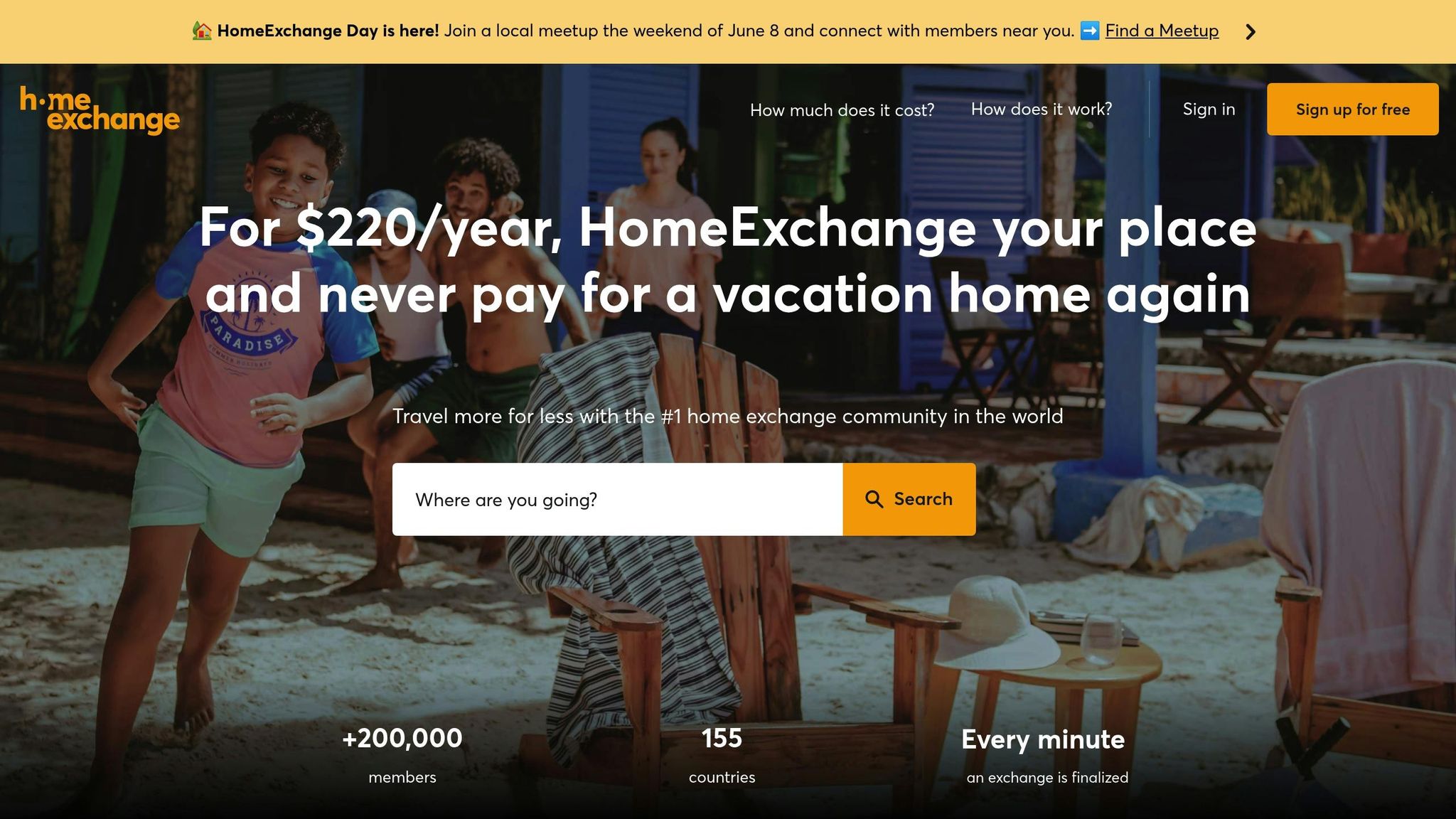
Vuoi ridurre ancora di più le spese per l'alloggio? Le piattaforme di scambio casa possono portare i costi dell'alloggio quasi a zero. Questi servizi sono perfetti per gli sciatori attenti al budget che vogliono mantenere basse le spese complessive del viaggio. Prendi HomeExchange, per esempio - vanta oltre 200.000 membri in 155 paesi. Con soli 220 $ all'anno, ottieni scambi casa illimitati, risparmiando potenzialmente migliaia durante la stagione sciistica.
Come dice HomeExchange:
"Per 220 $/anno, fai HomeExchange della tua casa e non pagherai mai più per una casa vacanze".
Offrono persino garanzie per coprire problemi imprevisti, così puoi scambiare casa senza preoccupazioni.
Non ti piacciono gli scambi casa? Nessun problema. Gli esperti di Mountain Travel di Ski.com sono un'altra grande risorsa. Ti aiuteranno a trovare offerte su alloggi, skipass, noleggio attrezzature e trasporti - tutto gratuitamente. Keystone, Colorado, è una delle loro scelte migliori per alloggi economici, e offrono anche sci notturno gratuito nei giorni di arrivo.
Un altro consiglio per risparmiare: prenota alloggi con angoli cottura o cucine complete. Preparare i propri pasti può farti risparmiare 50–100 $ al giorno rispetto a mangiare nei ristoranti del resort. Per esempio, i River Run Condominiums a Keystone, Colorado, offrono cucine complete, tanto spazio e facile accesso alle piste - perfetto per gli sciatori che vogliono risparmiare senza rinunciare alla comodità.
Anche il tempismo conta. Viaggiare durante le stagioni intermedie - come l'inizio di dicembre, aprile o le settimane non festive di gennaio - può portare a tariffe alberghiere più basse. Sebbene i prezzi degli alloggi siano aumentati del 43% rispetto ai tempi pre-pandemia, queste strategie possono aiutarti a evitare quei costi gonfiati. E con attrezzature compatte come Snowfeet, l'alloggio fuori pista diventa ancora più pratico, grazie alle tariffe bagaglio minime e al trasporto facile.
Con il tuo alloggio sistemato a un prezzo inferiore, è il momento di tuffarsi nei consigli per risparmiare sul trasporto verso le piste. Resta sintonizzato!
sbb-itb-17ade95
5. Riduci i Costi di Trasporto verso la Montagna
Una volta affrontate le spese per l'attrezzatura e il biglietto degli impianti, è il momento di concentrarsi sul taglio dei costi di trasporto. Raggiungere le piste non deve prosciugare il tuo portafoglio prima ancora di indossare l'attrezzatura. Con un po' di pianificazione e strategie intelligenti, puoi rendere il viaggio verso la montagna più conveniente.
Usa Carpool e Servizi di Ski Bus
Il traffico e i trasporti possono essere un problema per gli sciatori, specialmente in aree ad alto traffico come il Front Range del Colorado. Nel 2024, un sondaggio ha rivelato che il 75% degli intervistati ha ridotto i viaggi sugli sci a causa della congestione del traffico, con quasi 13 milioni di viaggi registrati attraverso il tunnel Eisenhower del Colorado in quell'anno.
Le app per il carpooling hanno reso la condivisione dei viaggi più facile che mai. Prendi TreadShare, per esempio: è una piattaforma di carpooling specifica per sciatori e snowboarder. Dal suo lancio nel 2019, ha raggiunto 9.000 utenti e completato 600 corse a partire da aprile [2025]. L'app ha persino collaborato con Arapahoe Basin per offrire un servizio di carpooling privato per circa 400 dipendenti.
"Il carpooling è assolutamente una delle strategie per ridurre la congestione che può dare risultati davvero immediati", afferma Margaret Bowes della I-70 Coalition.
Alcune località offrono persino vantaggi per incoraggiare il carpooling. Il programma R.I.D.E. di Snowbird, per esempio, assegna punti ai carpooler per ogni corsa condivisa con tre o più persone. Accumula 10 corse e otterrai un biglietto giornaliero trasferibile a metà prezzo e accesso prioritario al parcheggio. Come afferma Hilary Arens, Direttore della Sostenibilità e delle Risorse Idriche di Snowbird:
"Non succederà a meno che non sia facile o ci sia un incentivo. Fornendo entrambi, Snowbird ha il potenziale per un grande successo con l'app R.I.D.E."
Se il carpooling non è un'opzione, i servizi di ski bus sono un altro modo conveniente per raggiungere le piste. In California, Sports Basement gestisce ski bus verso località come Palisades Tahoe, Kirkwood e Mountain High a prezzi tra 99 e 109 dollari. Allo stesso modo, LA Mammoth Bus Co. offre navette andata e ritorno per Mammoth Mountain a partire da 99 dollari. Questi autobus non solo ti fanno risparmiare denaro, ma eliminano anche il fastidio di guidare in condizioni di neve e di cercare parcheggio.
In Utah, gli ski bus sono diventati sempre più popolari. Durante la stagione 2019/2020, la Utah Transit Authority ha aumentato il servizio di ski bus, con un incremento del 26% dei viaggi della linea 953 verso Snowbird e Alta e del 28% dei viaggi della linea 972 verso Solitude e Brighton. I possessori di season pass hanno persino ottenuto corse gratuite verso le località di Cottonwood Canyon.
Oltre a risparmiare denaro, il trasporto condiviso è migliore per l'ambiente. Un singolo viaggio in auto durante una vacanza sugli sci può emettere circa 22 kg di CO₂. Abbinare il carpooling o i viaggi in autobus a un'attrezzatura compatta come Snowfeet rende questa opzione ancora più allettante.
Snowfeet Sta in Uno Zaino: Niente Costi Extra
Uno dei maggiori vantaggi di Snowfeet è quanto siano facili da portare in viaggio. A differenza degli sci tradizionali che possono far accumulare costi per bagagli sovradimensionati o richiedere ingombranti portapacchi sul tetto, i prodotti Snowfeet sono leggeri e compatti abbastanza da entrare in uno zaino standard.
Scegli tra opzioni come i 38 cm Mini Ski Skates (da 140$), 44 cm Skiskates (da 330$) o 65 cm Skiblades (da 400$). Questi design compatti eliminano la necessità di pagare bagagli sovradimensionati, noleggi o preoccupazioni per danni durante il trasporto. Inoltre, sono perfetti per metodi di trasporto economici come carpooling o ski bus.
Viaggiare leggeri ha anche altri vantaggi. Quando fai carpooling o prendi uno ski bus, l'attrezzatura compatta significa più spazio per passeggeri e bagagli. E se alloggi fuori pista per risparmiare, avere tutta l'attrezzatura ordinatamente in uno zaino rende la vita molto più facile - niente bisogno di spazio extra o problemi di trasporto.
6. Prepara con Intelligenza e Fai la Manutenzione da Solo
Essere intelligenti nel preparare e mantenere la tua attrezzatura può farti risparmiare molto durante il viaggio sugli sci. I prodotti Snowfeet sono progettati per mantenere la manutenzione semplice. Tutto ciò che devi fare è cerare la base, affilare i bordi e oliare le parti per tenere lontana la ruggine - niente bisogno di pagare per la messa a punto professionale.
Snowfeet a Bassa Manutenzione: Gestiscila da Solo
A differenza degli sci tradizionali di marchi come Rossignol, Atomic o Head, che spesso richiedono visite regolari in negozio, l'attrezzatura Snowfeet è progettata per una facile manutenzione fai-da-te. Con un po' di impegno, puoi mantenere la tua attrezzatura in perfette condizioni:
- Applica la cera alla base regolarmente per evitare accumuli e garantire prestazioni fluide.
- Asciuga e olia i bordi dopo ogni uso per prevenire la ruggine.
- Regola gli attacchi con un cacciavite - non servono attrezzi speciali né visite in negozio.
Questa manutenzione semplice si applica a tutti i modelli Snowfeet, che tu stia usando i compatti 38 cm Mini Ski Skates (a partire da 140$), i versatili 44 cm Skiskates (da 330$), o i performanti 65 cm Skiblades (da 400$). I soldi risparmiati sulla manutenzione professionale possono essere spesi per gli skipass o anche per un giorno extra sulle piste. Inoltre, combinare questo approccio fai-da-te con una pianificazione intelligente del cibo può aiutarti a far durare ancora di più il tuo budget.
Porta il Tuo Cibo e le Tue Bevande
Proprio come prendersi cura della propria attrezzatura, preparare i propri pasti può aiutarti a evitare i prezzi elevati dei ristoranti in montagna. Una singola colazione e pranzo in un resort può facilmente costare oltre 50$ a persona. Confrontalo con i pasti fatti in casa, che possono costare meno di 5$ ciascuno. Le bevande non fanno eccezione: le bottiglie al resort spesso costano il triplo rispetto a un negozio locale, con birre nazionali intorno agli 8$ ciascuna.
Portare con sé i propri snack e pasti è un modo semplice per risparmiare. Ecco alcune idee:
- Snack che si conservano bene: Barrette proteiche, barrette di granola, jerky di manzo e una miscela di opzioni salate e dolci come trail mix o cioccolato.
- Pasti caldi: Riempi una borraccia termica con zuppa o chili per pranzo e porta le tue tazze o ciotole per servire.
- Bevande calde: Evita la cioccolata calda da $7 al rifugio e porta il tuo thermos. Un CamelBak con tubo isolato può impedire all'acqua di congelarsi con il freddo.
Per mantenerti energico, porta circa il 50% di cibo in più rispetto a quanto pensi ti servirà. Fai scorta di generi alimentari prima di arrivare alla stazione per evitare di pagare prezzi elevati in montagna. Grazie al design compatto di Snowfeet, avrai spazio extra nello zaino per tutti gli essenziali, inclusi snack e bevande.
7. Perché Snowfeet Rende Facile lo Sci a Budget Limitato
Lo sci può essere un hobby costoso, ma i prodotti Snowfeet sono qui per cambiare le cose. Mentre le attrezzature tradizionali di marchi come Rossignol, Atomic o Head spesso costano tra $800 e $1.500 per sci, scarponi, attacchi e bastoncini, Snowfeet offre un'alternativa economica. Per esempio, i Mini Ski Skates Snowfeet partono da soli $150. Oltre al risparmio iniziale, Snowfeet aiuta anche a ridurre i costi continui. Diamo un'occhiata più da vicino a come Snowfeet affronta le maggiori difficoltà finanziarie dello sci.
Come Snowfeet Risolve i Problemi dello Sci a Budget Limitato
Riduzione dei Costi di Attrezzatura e Trasporto
L'attrezzatura da sci tradizionale ha prezzi elevati e ingombranti che sono un problema da trasportare. Snowfeet cambia le regole. I loro prodotti funzionano con le scarpe invernali che già possiedi, eliminando la necessità di costosi scarponi da sci. Inoltre, sono abbastanza compatti da entrare in uno zaino normale, risparmiando sulle spese per bagagli ingombranti. Con opzioni come Mini Ski Skates a partire da $150, Skiskates da 44 cm da $390, e Skiblades che vanno dai modelli da 65 cm per principianti fino alle versioni avanzate da 99 cm e 120 cm, Snowfeet offre soluzioni accessibili per ogni sciatore.
Bassa Manutenzione, Grandi Risparmi
A differenza degli sci tradizionali che richiedono una messa a punto professionale, i prodotti Snowfeet sono facili da mantenere da soli, permettendoti di risparmiare ancora di più nel lungo termine.
Opzioni per Tutti i Livelli di Abilità
Snowfeet è per tutti, sia che tu sia un principiante o uno sciatore esperto. I principianti adoreranno i Skiblades da 65 cm per la loro facilità d'uso, mentre gli sciatori esperti possono scegliere i modelli più lunghi da 99 cm o 120 cm per prestazioni più avanzate.
Più Libertà con Snowfeet
Snowfeet non riguarda solo il risparmio - è una chiave per nuove possibilità di avventure invernali.
Pronti per Viaggi Spontanei
Poiché l'attrezzatura Snowfeet entra in uno zaino standard, puoi pianificare viaggi last minute senza preoccuparti di trasportare attrezzature pesanti. Un weekend veloce? Nessun problema.
Perfetto per Viaggi Multi-Destinazione
La portabilità di Snowfeet rende facile spostarsi tra le stazioni sciistiche o combinare lo sci con altre attività all'aperto. Niente più vincoli a una sola località a causa di attrezzature ingombranti.
Compatto e Versatile
I prodotti Snowfeet sono leggeri e facili da riporre, perfetti per piccoli appartamenti o garage affollati. La loro versatilità significa anche che puoi usarli su tutto, dalle piste battute ai snow park, sentieri escursionistici o anche la tua collina per slittini locale.
Conclusione: Scia di più spendendo meno
Sciare non deve prosciugare il portafoglio. Con una pianificazione intelligente - scegliendo l'attrezzatura giusta, programmando bene i viaggi e scegliendo con cura l'alloggio - puoi trasformare lo sci in un hobby accessibile a quasi ogni budget.
Iniziamo dall'attrezzatura. L'equipaggiamento da sci tradizionale può facilmente costare ai principianti oltre $500. Ma Snowfeet offre un'alternativa rivoluzionaria. I loro Mini Ski Skates partono da soli $140, facendoti risparmiare oltre il 75%. Inoltre, funzionano con le scarpe invernali che già possiedi, riducendo costi e complicazioni extra. Un grande vantaggio fin da subito.
Il tempismo è un altro grande risparmio. Invece di spendere $300 o più per i pass giornalieri nei resort famosi, considera di sciare a metà settimana o di andare su montagne più piccole come Cooper in Colorado. I biglietti per gli impianti in questi posti sono molto più economici. Combina questo con la prenotazione anticipata di alloggio e trasporti, e puoi risparmiare centinaia di dollari a viaggio.
Come dice Jenna Carr, conosciuta come The Travel Mum:
"Le vacanze sulla neve non devono essere di lusso per essere divertenti. Finché hai l'attrezzatura, un posto confortevole dove stare, puoi salire in montagna e goderti un po' di après, puoi goderti una vacanza sulla neve economica!" - Jenna Carr, The Travel Mum
Snowfeet ti aiuta anche a evitare costi extra e i fastidi dell'attrezzatura ingombrante. Tutto entra in uno zaino normale, rendendo più facile (e più economico) viaggiare tra le località sciistiche. Niente bagagli oversize, niente problemi con il noleggio - prendi la tua borsa e vai.
Ecco la parte migliore: risparmiare non significa sacrificare la qualità. I prodotti Snowfeet ricevono costantemente recensioni eccellenti. I Mini Ski Skates vantano un impressionante 4,9 su 5 stelle da oltre 1.100 recensioni, mentre i loro Skiblades da 99 cm e 120 cm hanno entrambi una valutazione perfetta di 5,0. Ottieni prestazioni e divertimento senza il prezzo premium.
Inizia in piccolo - porta il tuo pranzo, scia a metà settimana o investi nell'attrezzatura Snowfeet - e guarda i risparmi crescere. Con queste strategie, puoi spendere meno e sciare di più, mantenendo sempre vivo il divertimento. Snowfeet rende più facile andare sulle piste ogni volta che ne hai voglia ed esplorare nuove destinazioni senza preoccuparti dei costi. È il momento di massimizzare le tue giornate in montagna mantenendo il budget sotto controllo. Buon sci!
Domande frequenti
Come si confrontano gli Snowfeet con gli sci tradizionali in termini di prezzo e prestazioni?
I prodotti Snowfeet offrono un'opzione economica rispetto agli sci tradizionali. Con prezzi che vanno da $150 a $300, sono decisamente più accessibili rispetto ai tipici $800-$1.500 che spenderesti per un paio di sci. Questo li rende una scelta intelligente per gli sciatori che vogliono risparmiare senza rinunciare al divertimento.
Quando si parla di prestazioni, Snowfeet brillano per agilità e versatilità, specialmente sulle piste battute. Grazie alla loro lunghezza ridotta (44 a 120 cm), sono perfetti per curve rapide e sono super facili da trasportare. Questo li rende ideali per principianti, sciatori occasionali o chiunque voglia un'esperienza semplice e piacevole sulle piste. Mentre gli sci tradizionali sono migliori per stabilità ad alta velocità e tecniche avanzate, Snowfeet offrono un'alternativa fresca, leggera e meno ingombrante.
Se cerchi un modo più economico e portatile per andare in montagna, Snowfeet uniscono valore e tanto divertimento.
Qual è il momento migliore per pianificare una vacanza sugli sci economica?
I periodi più economici per una vacanza sugli sci sono inizio dicembre, da inizio gennaio a metà febbraio (evitando le settimane di festa) e fine marzo fino ad aprile. In questi periodi, spesso troverai skipass, alloggi e noleggi più economici - per non parlare di meno sciatori sulle piste.
Vuoi risparmiare ancora di più? Opta per una vacanza a metà settimana invece che nel weekend. I resort solitamente offrono sconti nei giorni di bassa stagione, rendendo più facile godersi lo sci fantastico senza prosciugare il budget!
Quali sono alcuni consigli economici per trovare alloggi comodi per lo sci?
Come risparmiare sugli alloggi per lo sci
Se vuoi mantenere il budget per la tua vacanza sugli sci senza sacrificare la comodità, un po' di pianificazione può fare molto. Inizia con il prenotare in anticipo - questo non solo ti assicura il posto ma spesso ti garantisce le migliori tariffe e disponibilità. Un'altra mossa intelligente? Cerca offerte pacchetto che combinano alloggio e skipass. Questi combo possono ridurre notevolmente i costi complessivi.
Vuoi risparmiare ancora di più? Considera di soggiornare in una città vicina invece che direttamente al resort. Molti comprensori sciistici offrono navette gratuite verso le piste, così puoi evitare i prezzi premium in loco senza perdere l'accesso facile all'azione.
Per offerte ancora migliori, dai un'occhiata a località sciistiche più piccole o meno conosciute. Questi gioielli nascosti spesso offrono prezzi più bassi ma garantiscono comunque uno sci fantastico. Prendi ad esempio Wildcat Mountain nel New Hampshire. Fa parte del programma Epic Pass, che può aiutarti a risparmiare ancora di più sui biglietti degli impianti offrendo un'esperienza di prim'ordine.
Con un po' di strategia, puoi goderti una vacanza sugli sci conveniente che non rinuncia al divertimento o alla comodità.





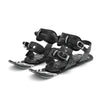
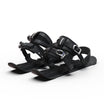
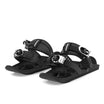

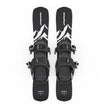
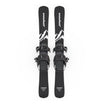

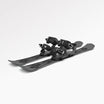
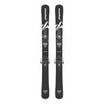

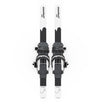





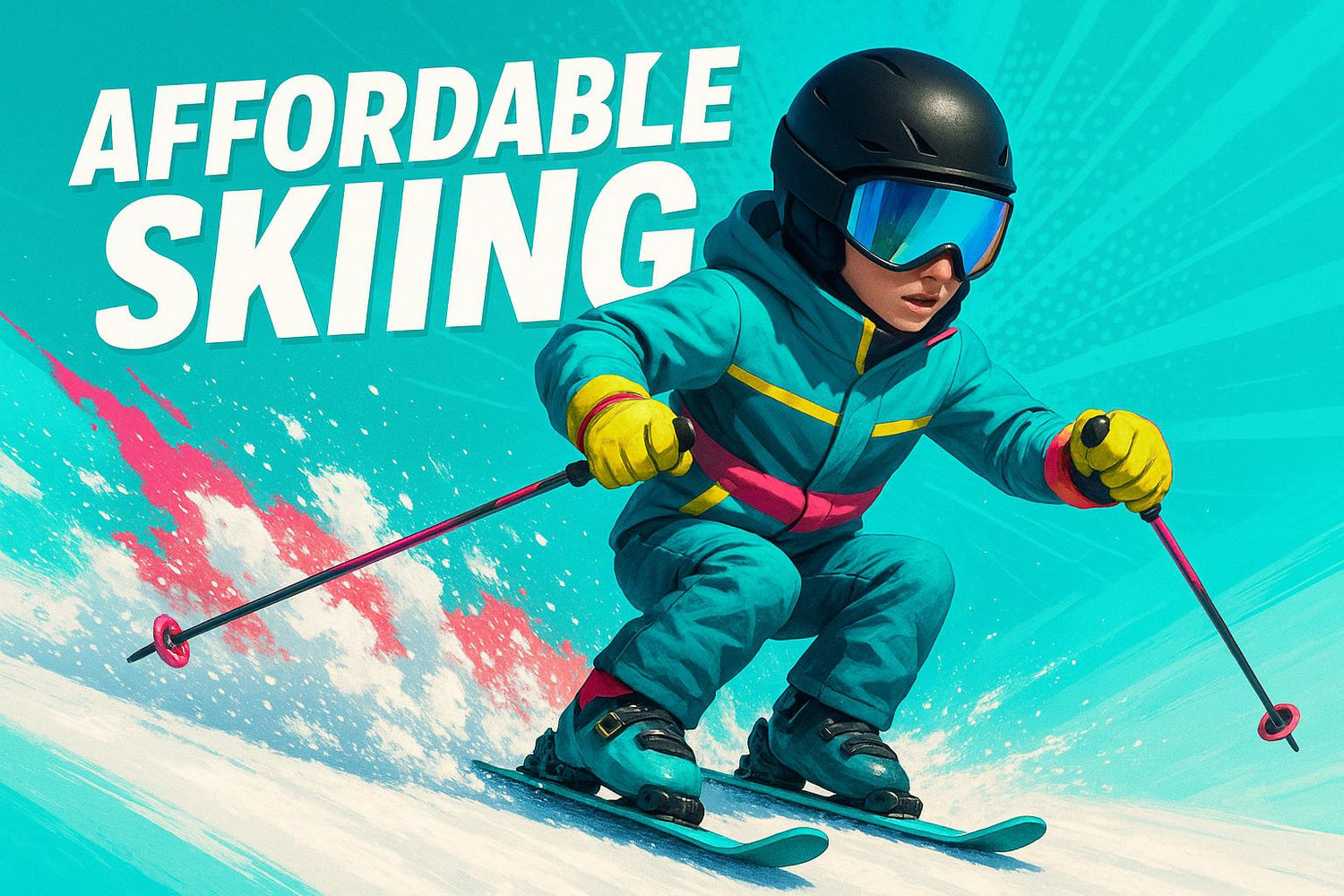
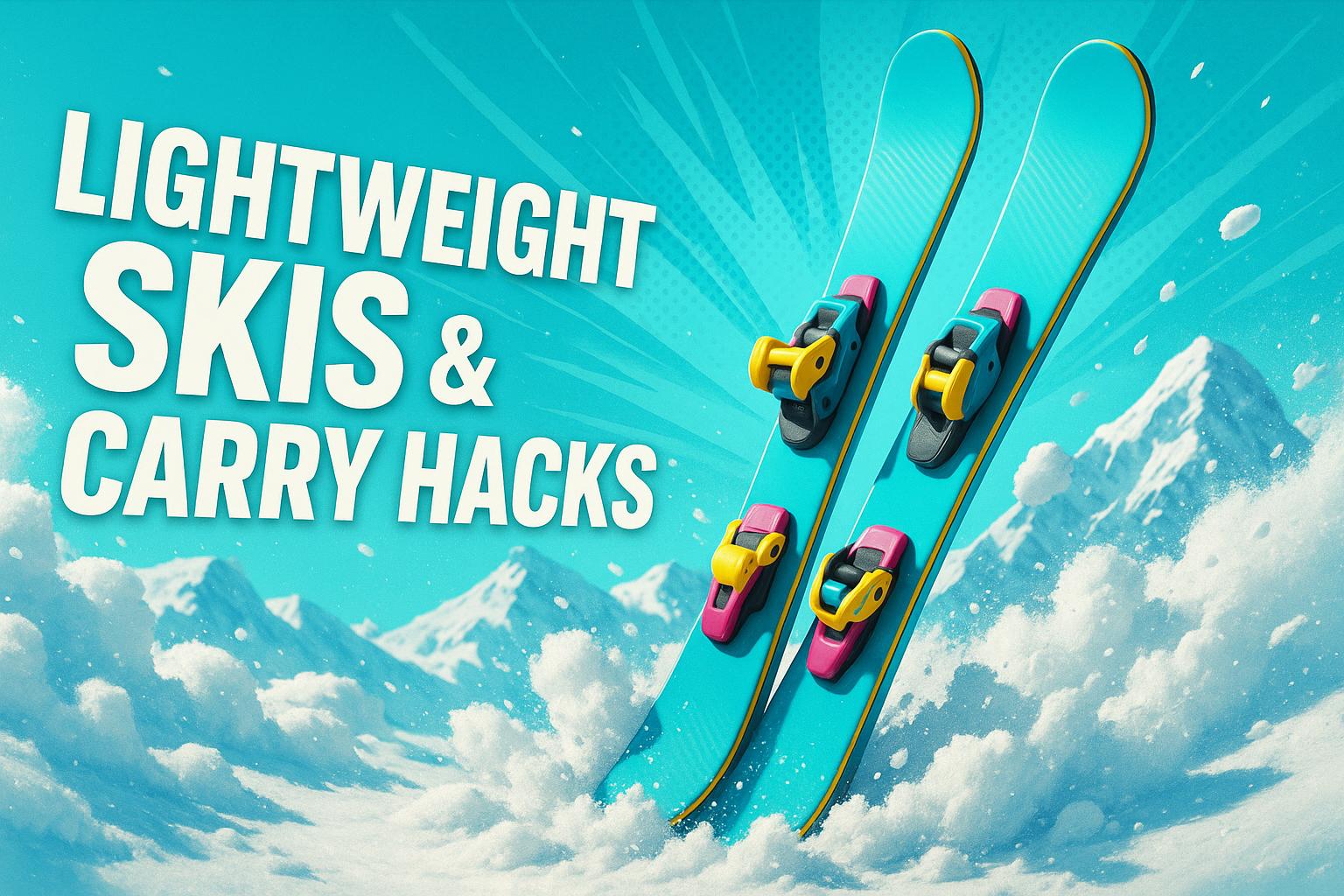
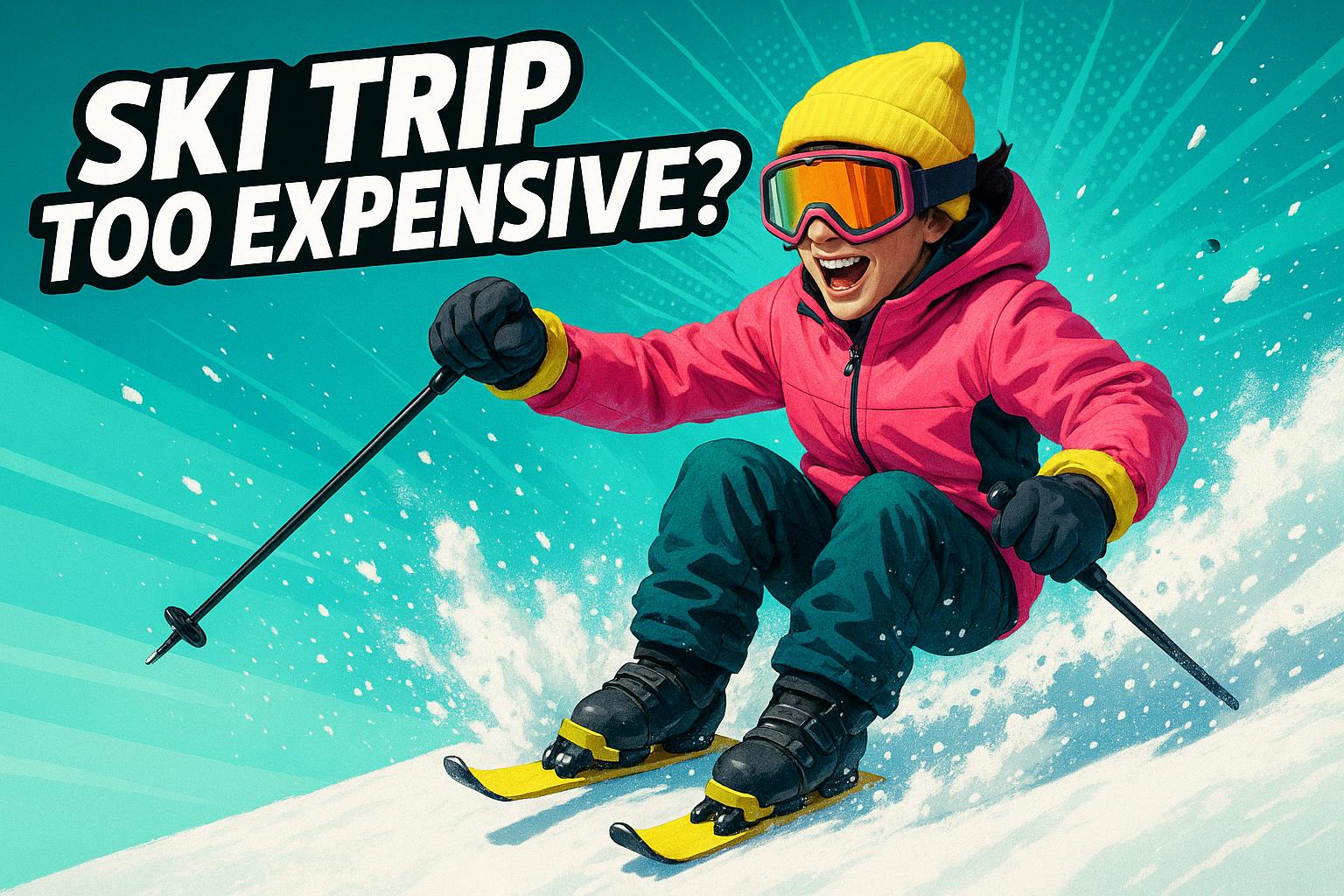
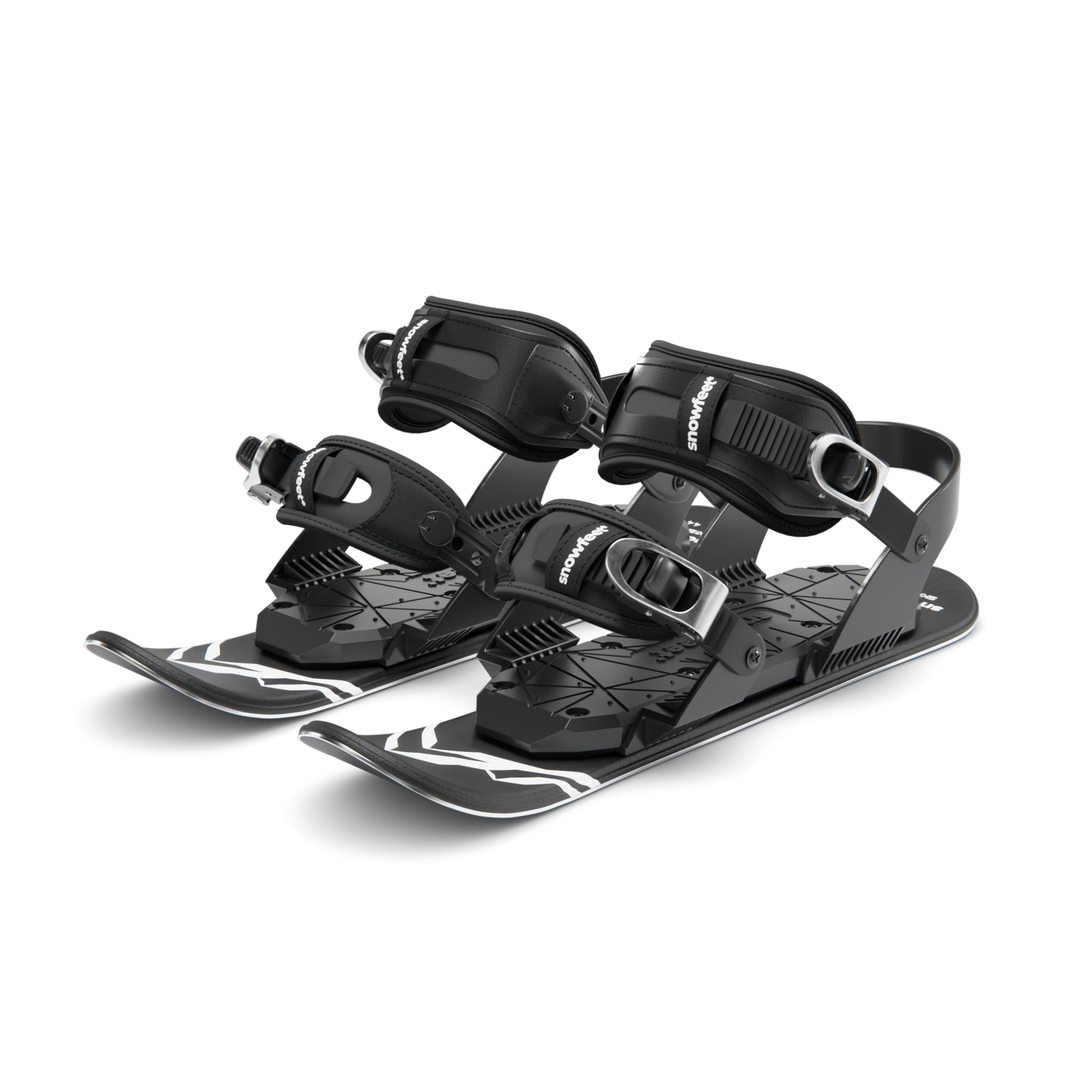

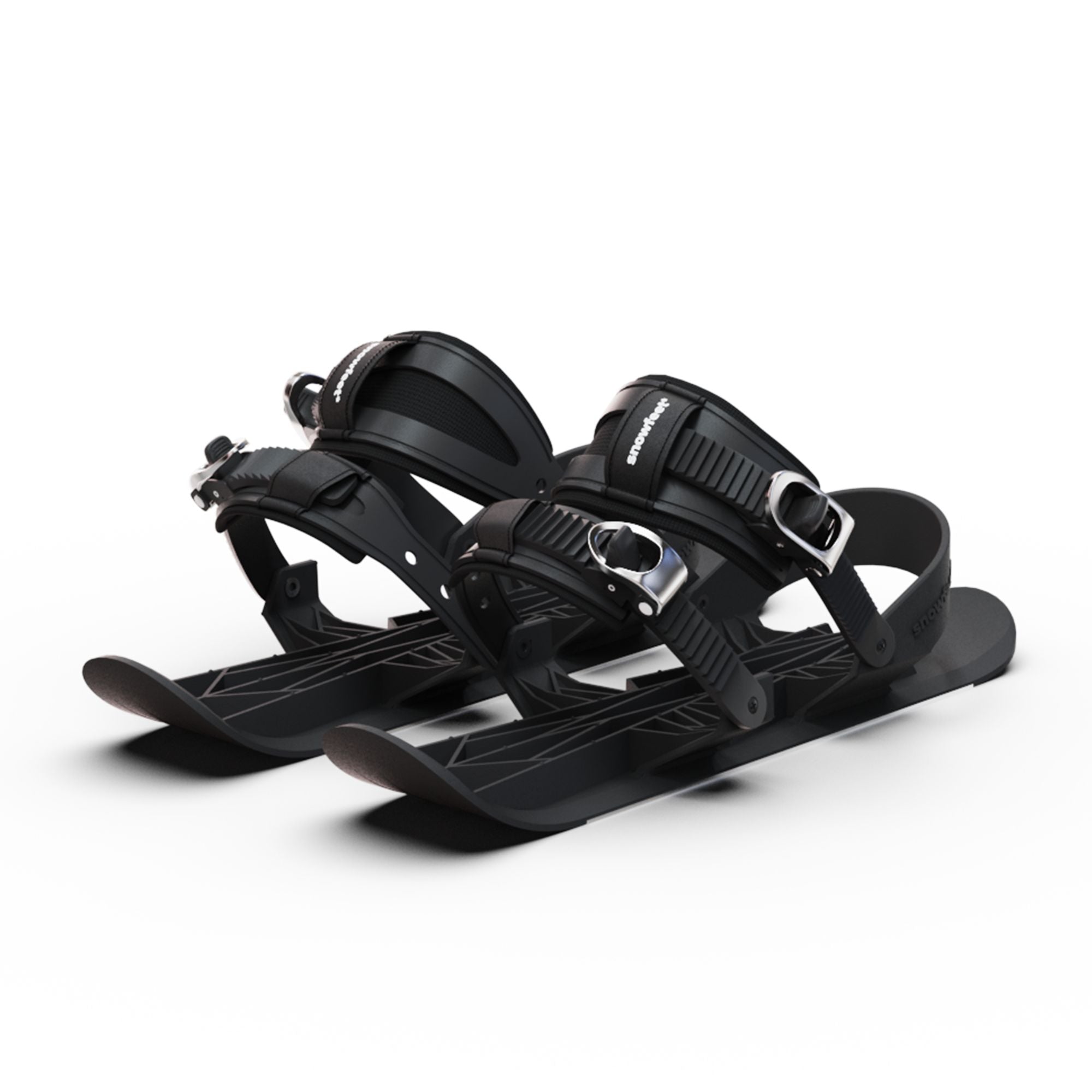
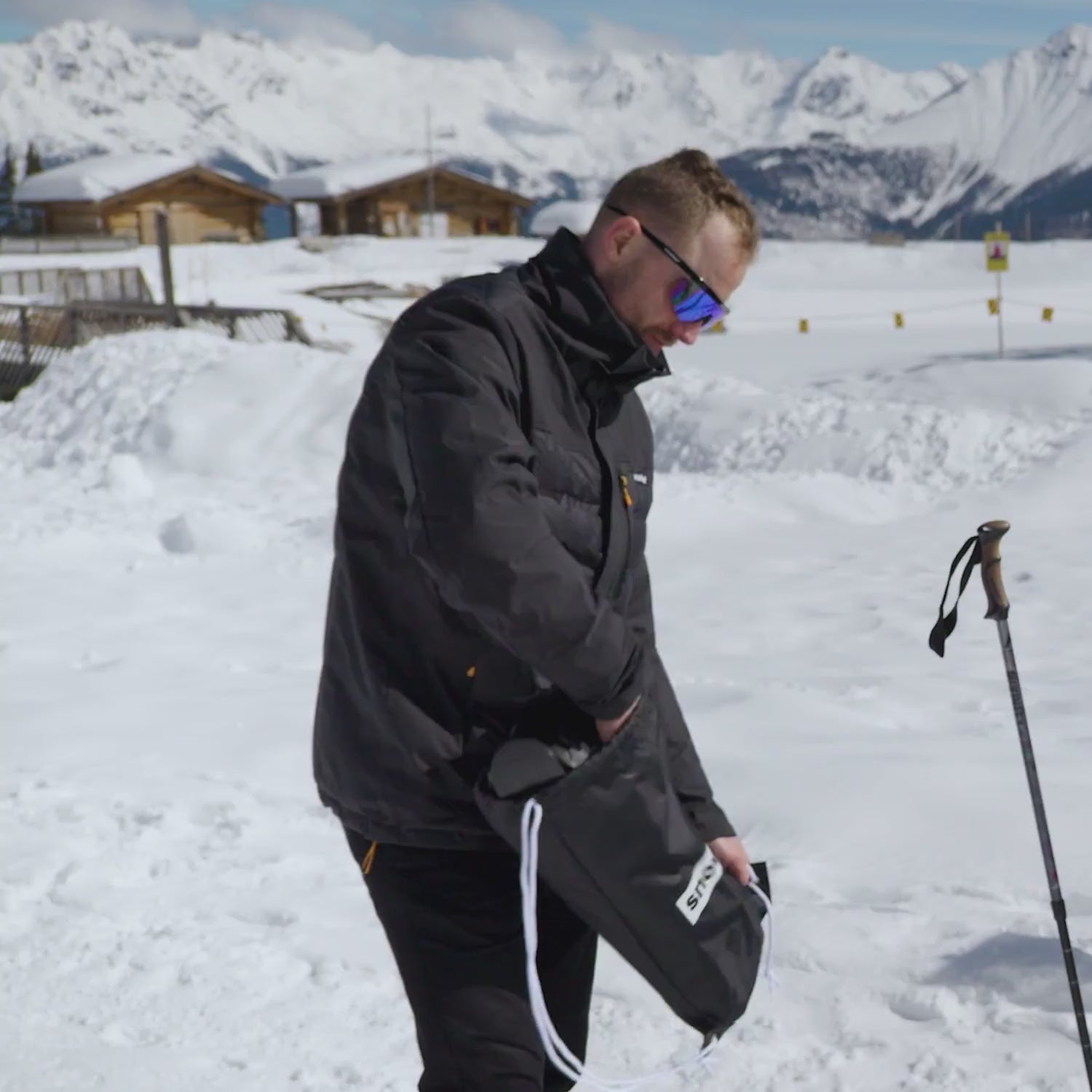
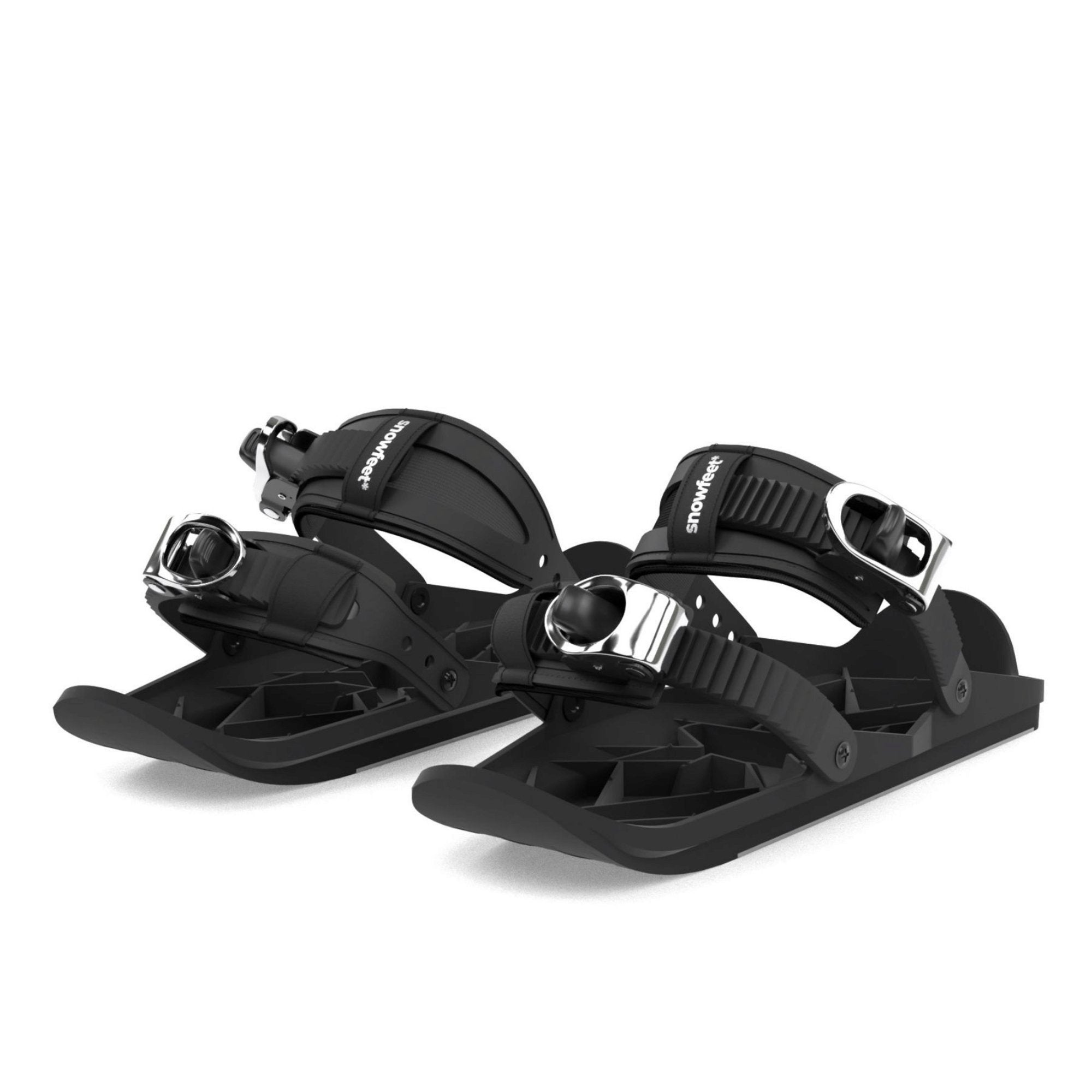
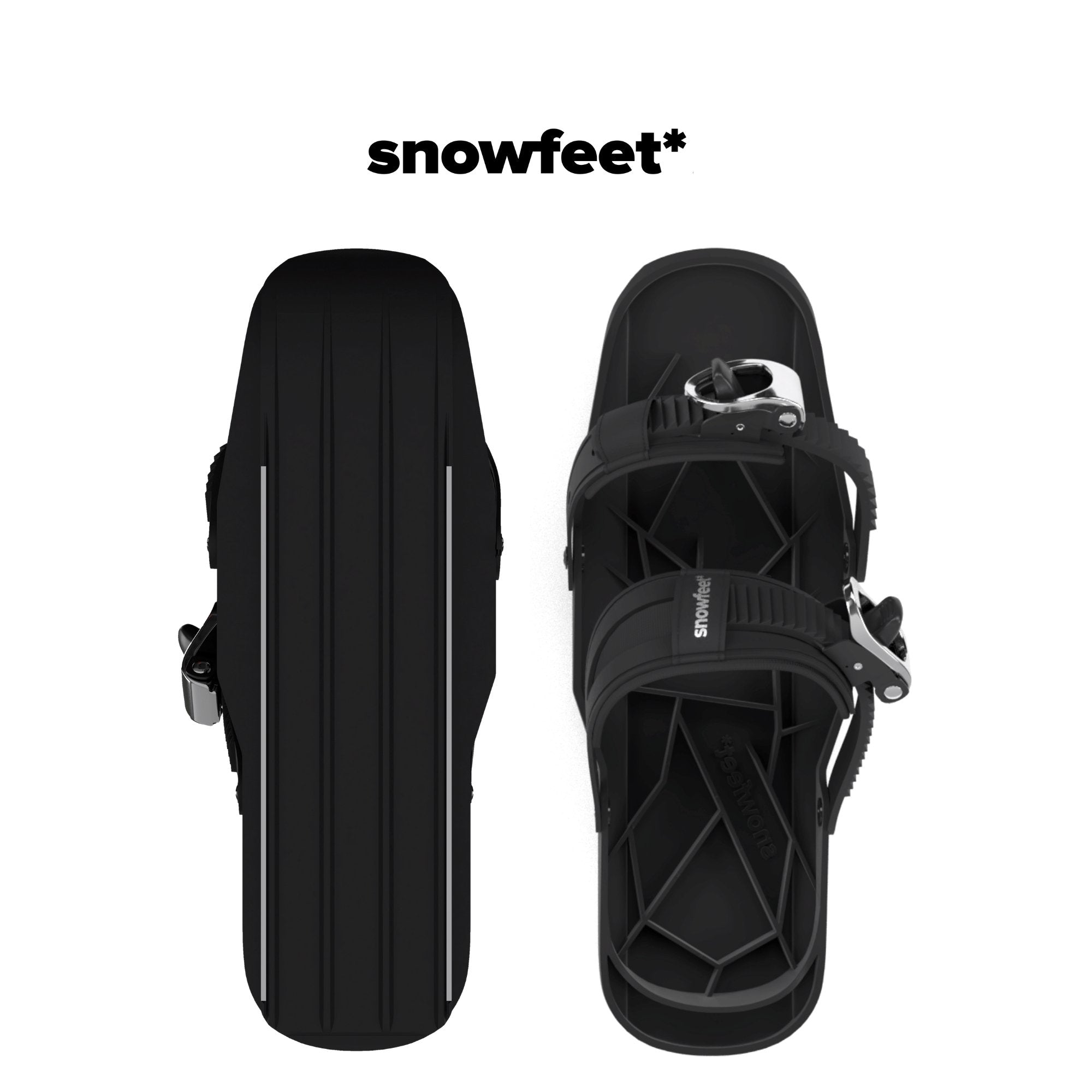
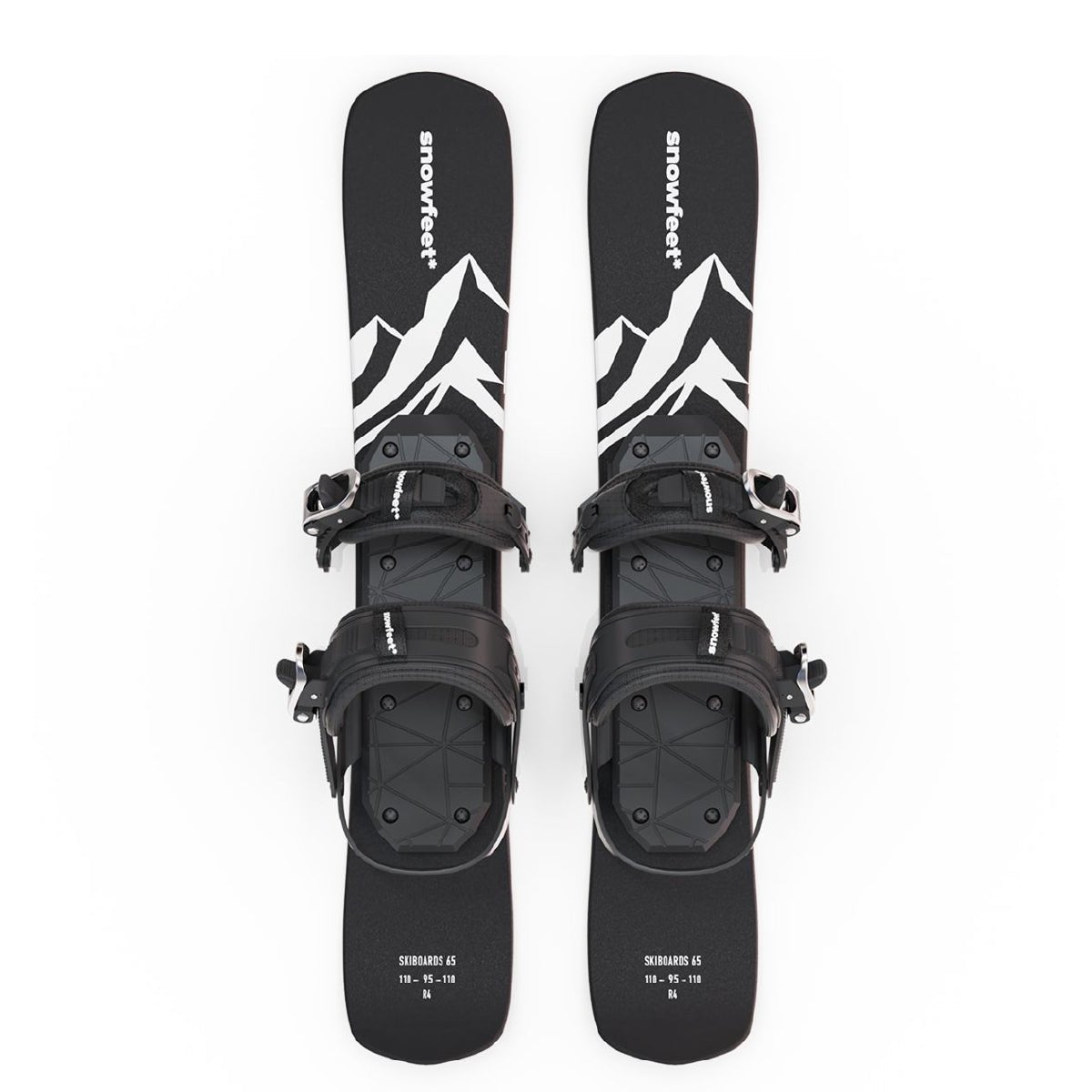
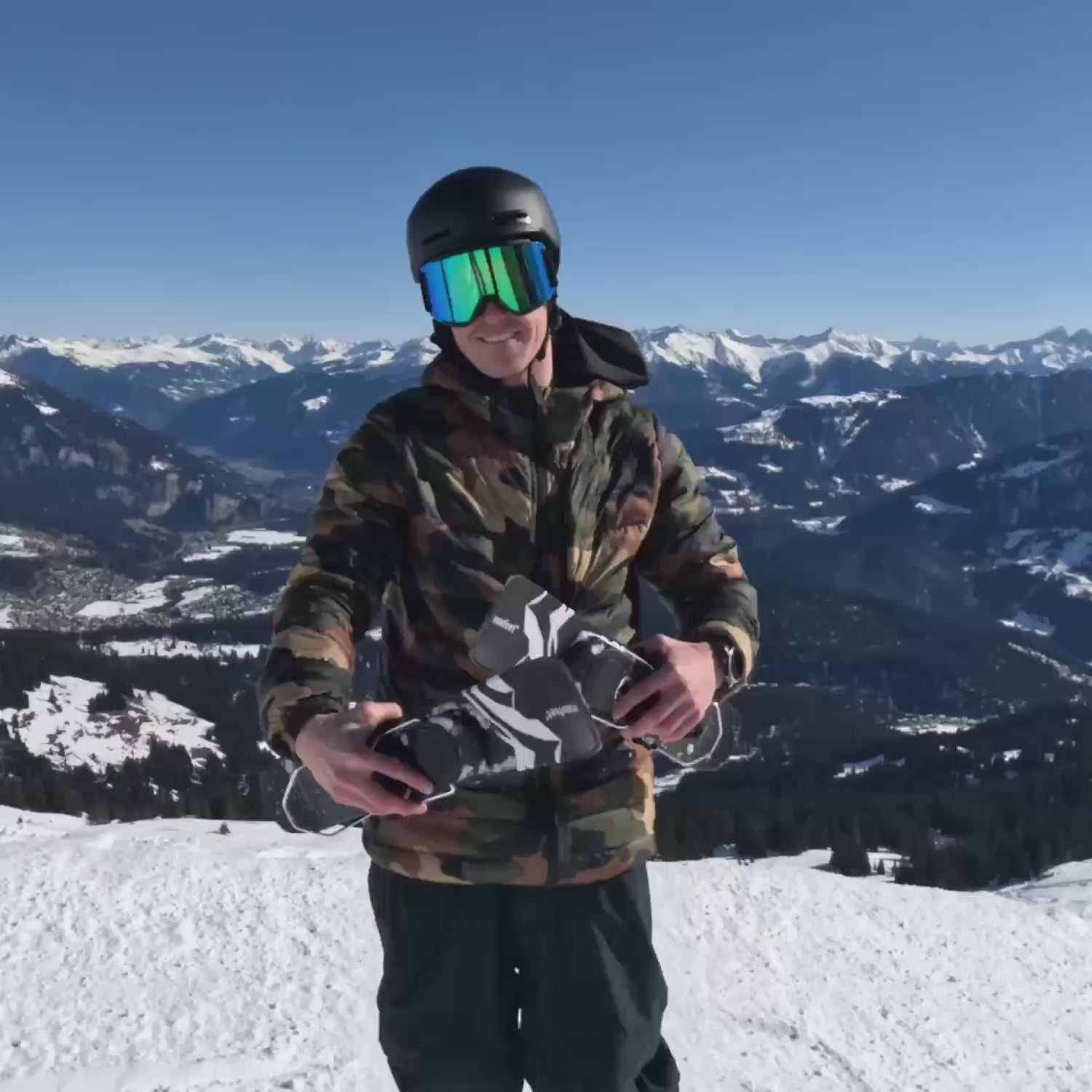
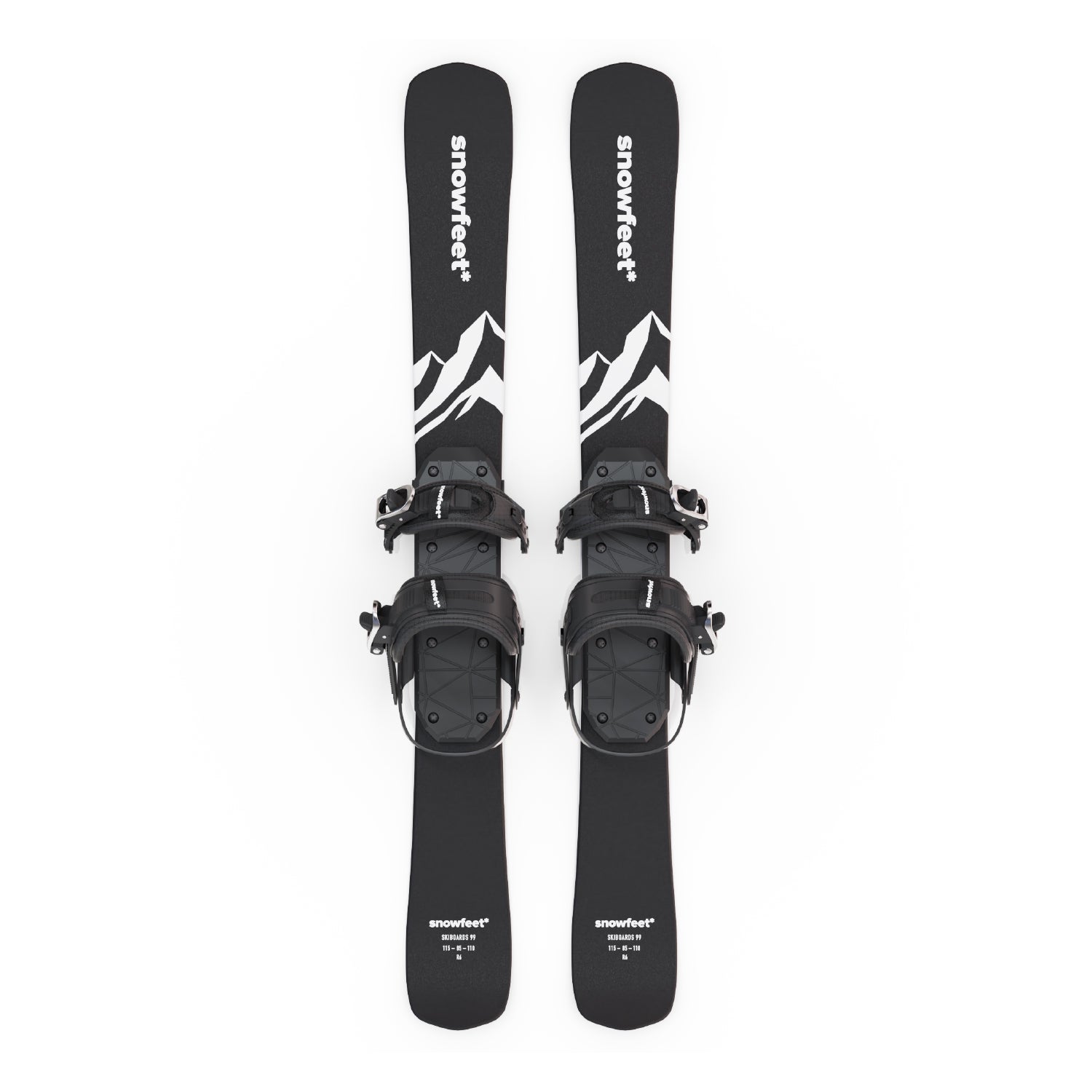
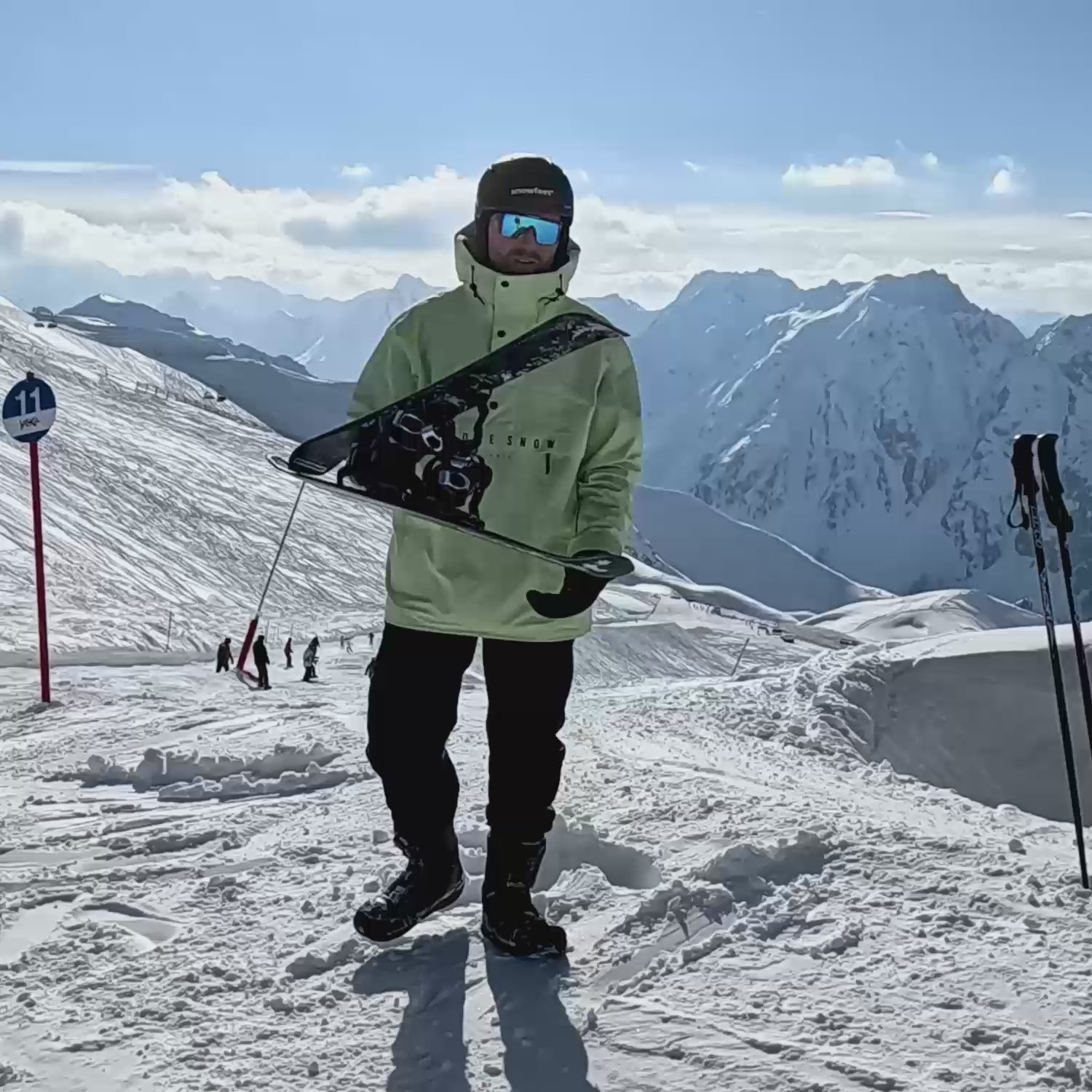
Lascia un commento
Questo sito è protetto da hCaptcha e applica le Norme sulla privacy e i Termini di servizio di hCaptcha.